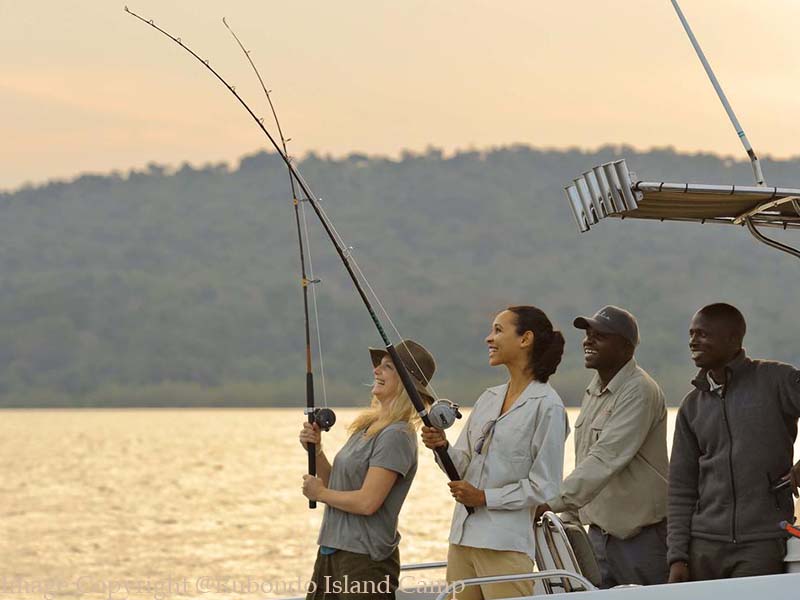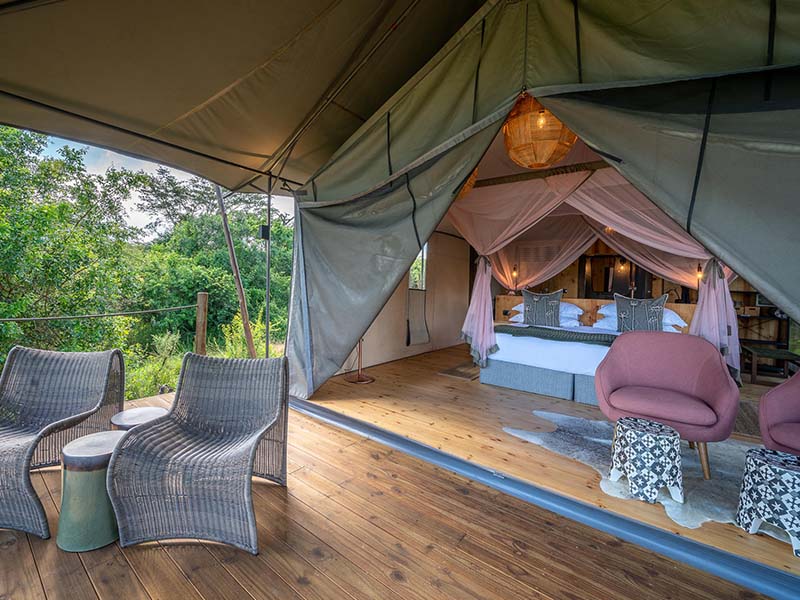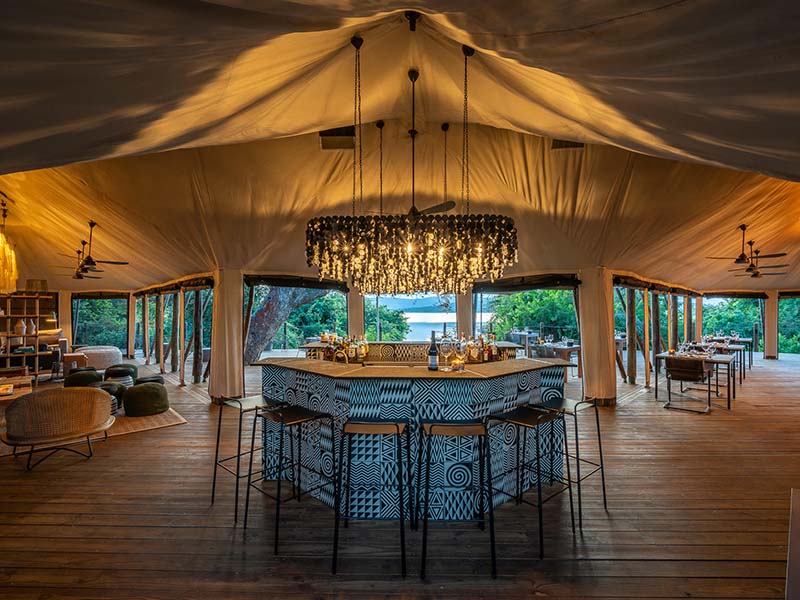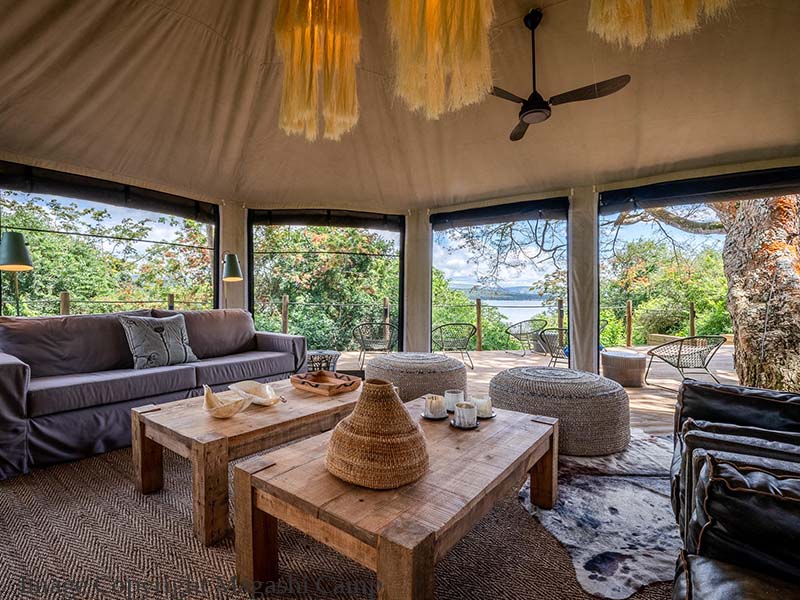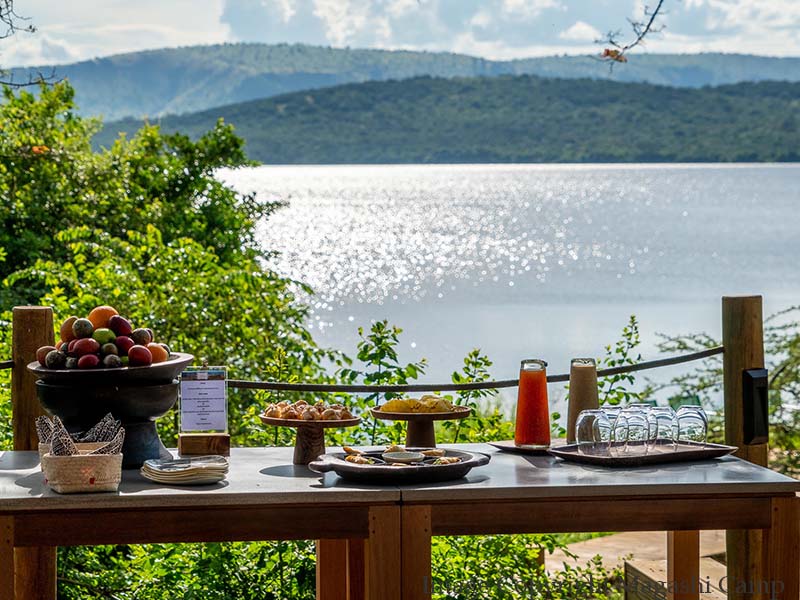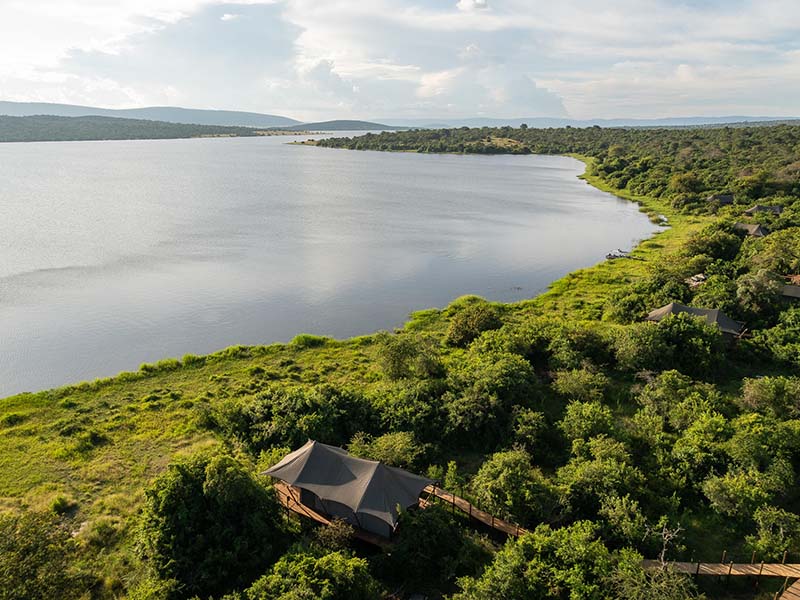Rwanda’s war nearly destroyed this park, but now Akagera National Park has been brought back to life as a result of the joint management of the park by the Rwanda Development Board together with African Parks.
Refugees returning to Rwanda after the genocide were still battling for their own survival and turned to the forests for timber, wildlife for protein and the wild savannas for their livestock. Lions were hunted to local extinction, rhinos disappeared, and the park’s wildlife was displaced by tens of thousands of long-horned cattle. Biodiversity was practically lost, and with it so was employment and tourism. The park’s value was virtually diminished, which makes its story of revival even more remarkable.
Named after the River Kagera, the park is the most distant head-stream of the River Nile as well as Lake Victoria’s largest tributary. The different water sources form a spectacular network making for an amazing ecosystem. Akagera is central Africa’s largest protected wetland and the last remaining refuge for savannah-adapted species in Rwanda.
Situated in the eastern province of Rwanda, on the border with Tanzania, Akagera is surrounded by beautifully cultivated hills that form a breathtaking background. Unlike most parts of Rwanda the terrain here is not hilly and rocky. Akagera park is easily accessible by road or air from Kigali. It’s an easy two and half hours drive on a well maintained road and a mere 22 minutes helicopter flight.
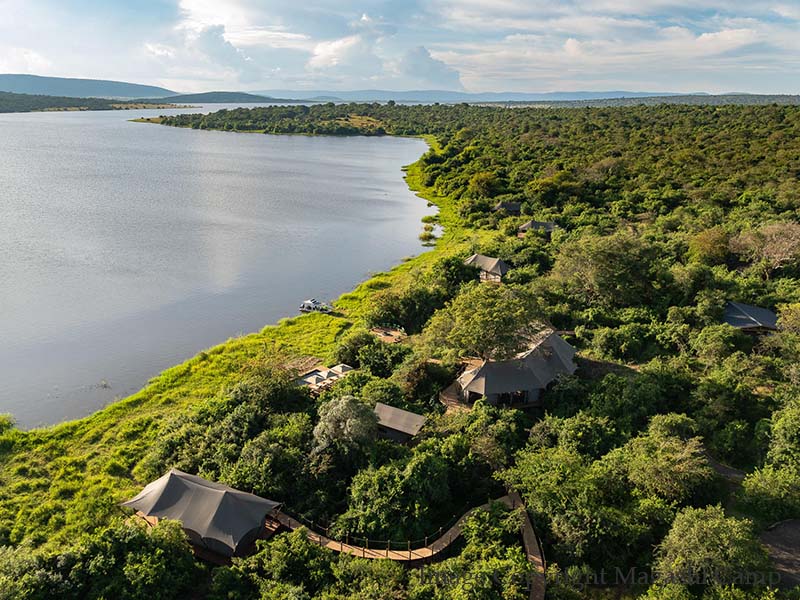
Wildlife Viewing
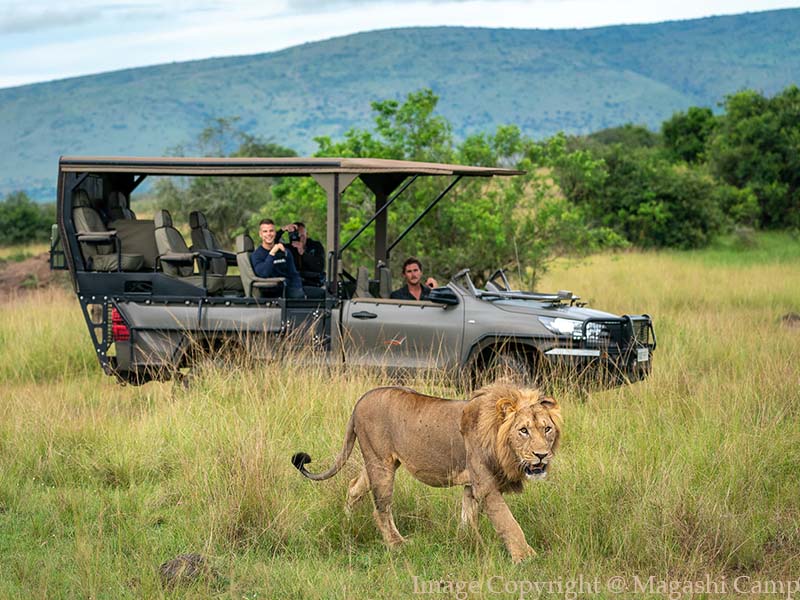
Bird Watching
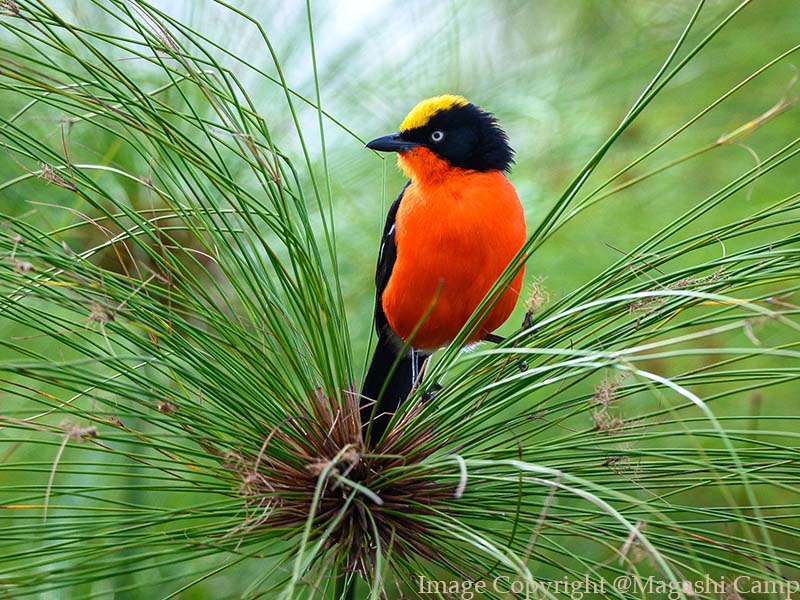
Boat Safari on Lake Ihema
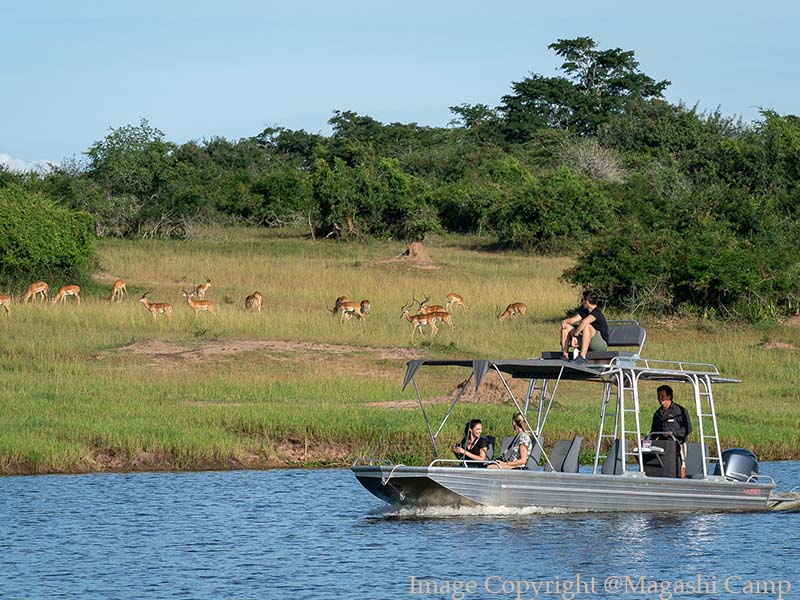
Sport Fishing
